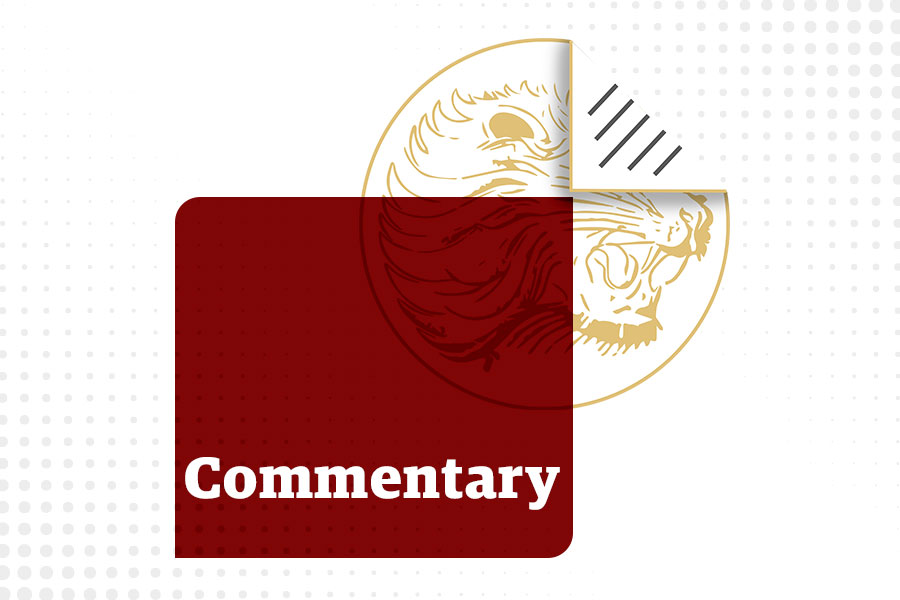
Commentaries | Feb 18,2023
Jul 3 , 2021
By Austine Sequeira
Fully utilised, Ethiopia has the potential to become one of the 10 major producers of sugar. Much planning has gone into the sector to realise this but the industry has remained hampered by a lack of private sector involvement and poor management of major projects, writes Austine Sequeira (PhD) (austinesequeira@gmail.com), an independent consultant.
For a landlocked country like Ethiopia, with a huge landmass, growing population and diverse climate, sustainable developmental challenges are immense. As the winds of globalisation started sweeping the world, Ethiopian policy planners re-organised the development module. About two decades ago, Ethiopia adopted an agriculture-led industrialisation program to capitalise on its natural endowment for inclusive growth and sustainable development.
Ethiopia has a great diversity of terrain as well as climate. It has a massive highland complex of mountains and dissected plateaus divided by the Great Rift Valley, which generally run southwest to northeast. It is also surrounded by lowlands and steppes. Such diversity of terrain leads to wide variations in climate, soils, natural vegetation, and settlement patterns.
Climatic diversity aided by a large landmass makes Ethiopia a natural choice for the growth of agriculture products and agro-sector based services. The policy agriculture-led industrialisation aptly reorganises this. It emphasises enhancing the productivity of the agriculture sector to create raw materials for industrial processing.
The results are visible. Ethiopia is among the largest producers and exporters of coffee, beans and pulses and forest products in Africa and a large part of its agro-product portfolio is organic in nature. Actively engaged in value addition to agro-exports, the agriculture sector is the second-largest contributor to the nation’s GDP. It holds great promise for the Ethiopian economy, especially in rural areas.
The agricultural sub-sector where Ethiopia is yet to achieve its planned objectives is the sugar sector. The country has all the natural ingredients to cultivate sugarcane on a commercially sustainable basis. Adequate rainfall, water availability out of perennial rivers and suitable climate enables sugarcane growth and effective sucrose formation. Cultivation of sugarcane by setting up large, modern sugarcane farms and installing industrial complexes to process sugarcane is the best example of agriculture-led industrial development that is sustainable and inclusive.
The sugar industry is not new to Ethiopia. It dates back to the 1950s when a modest beginning was made by setting up a sugar plant and estate at Wonji. This milestone was followed up by setting up sugarcane complexes at places such as Metahara and Fincha. Up until 2005, Ethiopia had an installed sugar cane crushing capacity of 10,000 tonnes per day (TCD) fed by captive sugarcane farms. All these projects are owned and operated by the government.
It was in the mid-2000s that a massive drive to expand the sugar industry was launched. This was to set up world-scale sugar plants with associated sugarcane estates in phases. Up to 17 sugar projects were planned, including the expansion and modernisation of existing sugarcane estates and factories annually to produce over five million tonnes of sugar and half a million kilolitres of ethanol.
To do as such, half a million hectares of sugarcane estates need to be equipped with modern harvesting and irrigation equipment. Upon completion, such expansion would catapult Ethiopia to the global club of top 10 sugar producers dislodging Australia and Pakistan. Such was the scale of these projects that it would significantly reduce rural unemployment and unlock entrepreneurial opportunities for decades. The Ethiopian Sugar Corporation, a wholly state-owned public sector enterprise, was set up to own and operate the sugar sector.
A decade and a half later, though, the plan has hit a bittersweet wall. A decade and a half of centralised project planning and investment have delivered up to 38pc of planned capacity of which 27pc of capacity is lying un-utilised. Existing plants at Fincha and Wonji successfully underwent de-bottlenecking and expansion, significantly increasing sugar and ethanol production.
However, new projects are tethering either at the development, completion or commissioning stage. Kuraz and Kessam complexes are behind planned production targets. The Tendaho Sugar Factory, built by Indian Contractors, loudly epitomises what ails the sector. In 2019, it was announced that it would cease production due to a shortage of sugarcane following a drought. This is even though the owner of these projects, the Sugar Corporation, owes nearly four billion dollars, half of this as foreign debt. All of this debt was recently soaked up by the newly established Liability Asset Management Corporation.
The past 15 years of this effort to establish a strong sugar sector throws out some interesting but fundamental issues. Primarily, it is a private sector domain globally. No government has any business installing and operating a sugar project as there is nothing strategic in the sector. Centuries ago, the European colonisers established sugar projects in their respective colonies to take advantage of cheap, bonded labour and virgin natural resources. It is not the same today. Many countries have either scrapped or privatised sugar plants and estates. Against this background, Ethiopia’s decision to publicly fund and own greenfield projects in the era of globalisation was questionable. Even more, because it had to divert scarce public resources to fund such projects.
There was also the matter of low-cost bilateral lines of credit employed to fund these projects, which had their own nuisances in the form of delays, project procurement restrictions and legal implications. While the Chinese contractors did a relatively better job, Indian contractors faltered. The net result was project delays and cost overrun.
Project implementation was another headache for the sorry situation. Centralised leadership was not equipped to handle project management issues resulting in the mismatch of resources, project modules and operational and commissioning deficiencies. This is why large projects such as Tendaho, built with a massive investment are forced to lay idle every time lack of adequate rain hits sugarcane farms.
Lower capacity utilisation leads to accumulated losses and shut down is an economically better option rather than operating a plant at sub-optimal levels. Many planners forget that sugar is grown on farms and manufactured in plants. Hence, sugarcane farms should always precede a factory. Farm management is a project as good as installing a factory. Lastly, there is no reason to believe that the Corporation had adequate enterprise-wide resources planning for human-power, operational funds and long-term market strategy.
Can Ethiopia afford such setbacks in the sector?
No. It is in the interest of the government to end the sugar sector conundrum as swiftly as possible.
Ethiopia enjoys huge natural advantages for the development of its sugar sector. Nonetheless, how it fits into its public ownership plan is debatable. Thus, tweaking the policy for private sector participation in both farm and factory levels is necessary. Thus, the government’s current plan to privatise its sugar factories under the Sugar Corporation should be commended.
While global conditions today may not be conducive to attracting foreign investment due to the COVID-19 pandemic, operating lease and management buyouts could be a way out. The government may also consider localisation. Private entrepreneurship has increased by leaps and bounds locally, and businesses with reasonable investible funds and banking facilities have emerged in Ethiopia. Farmers and entrepreneurs involved in the export of cash crops like coffee and sesame have gained adequate knowledge of farm management, including processing, quality control, product bagging and storage, marketing, logistics and exports.
The farm sector needs local resources unless there is a need for large financing or farm equipment procurement. Local business houses can take over sugarcane farms, cultivate them and supply them to the factories based on annual contracts. This may lead to the emergence of large scale, specialised private sector driven commercial agro-farming enterprises. For this to happen, Ethiopia needs to correct anomalies in its laws, especially in banking and tax systems and land use and holding to enable the free flow of investment, returns, efficient long-term land usage and tilling.
The Ethiopian sugar sector can produce and sell a vast array of products, namely in refined sugar, energy, ethanol and animal feed. Apart from the local demand for these products, there is a substantial latent market in border states. Sudan, Somalia and Djibouti are huge marketplaces for Ethiopia’s products. The recent improvement of relations with Eritrea has opened doors to another neighbourhood market. In this, trade agreements such as the African Continental Free Trade Area (AfCTA) will help secure cross-border tariff-free markets. This is a critical factor to attract foreign investors to own and operate existing sugar projects.
Ethiopia needs a strong political will and a long term professionally driven dis-investment plan for the revival of its sugar sector.
PUBLISHED ON
Jul 03,2021 [ VOL
22 , NO
1105]


Commentaries | Feb 18,2023
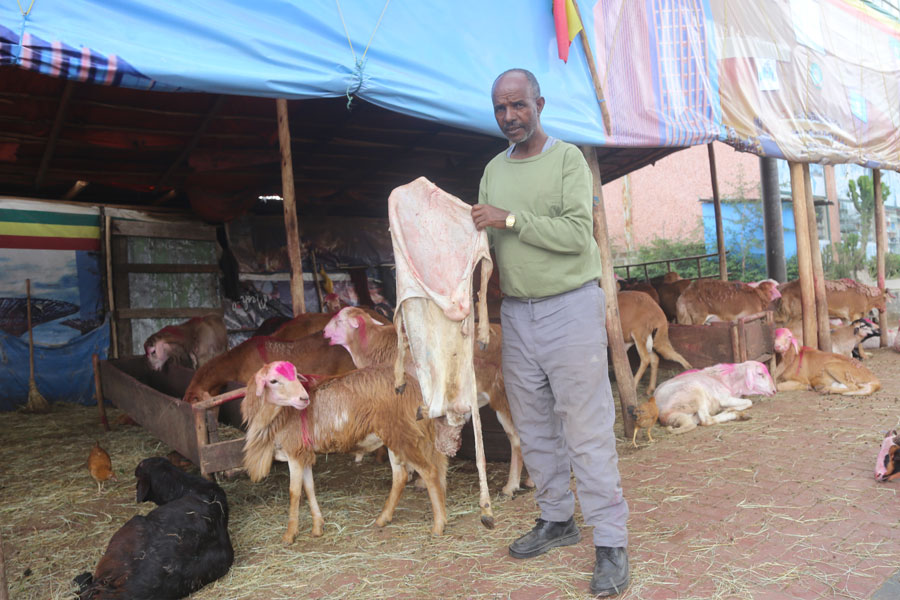
Agenda | Jan 13,2024

Radar | Mar 04,2023

Exclusive Interviews | Jan 07,2024
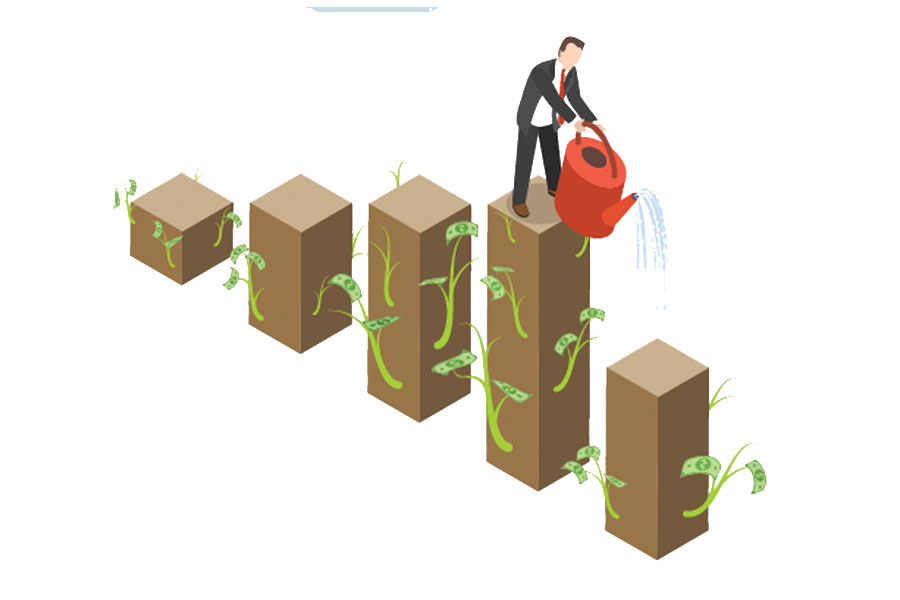
View From Arada | Jul 23,2022

My Opinion | Jan 23,2021

Fortune News | Dec 23,2023
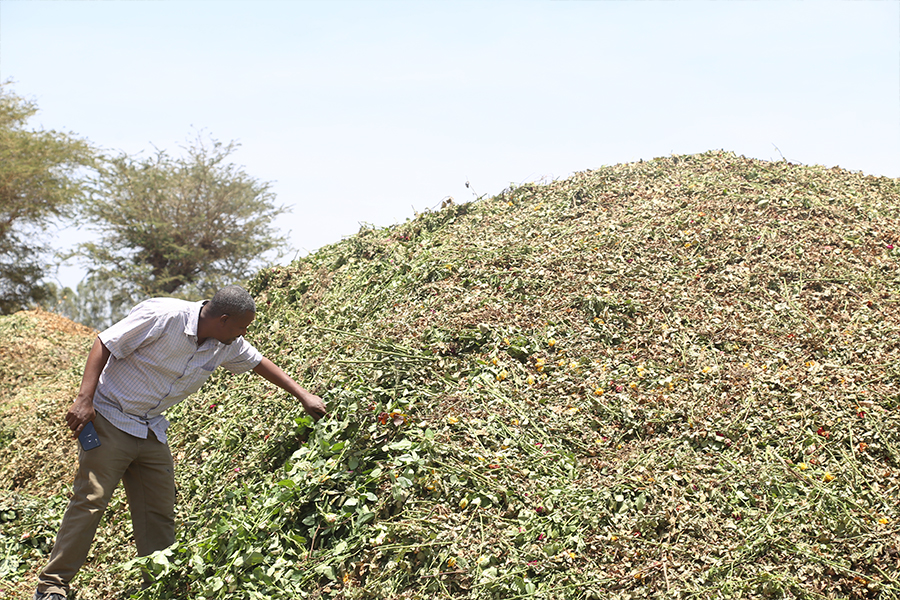
Agenda | Mar 28,2020

Viewpoints | Sep 11,2020

Agenda | Mar 20,2021

My Opinion | 131983 Views | Aug 14,2021

My Opinion | 128372 Views | Aug 21,2021

My Opinion | 126309 Views | Sep 10,2021

My Opinion | 123927 Views | Aug 07,2021

Dec 22 , 2024 . By TIZITA SHEWAFERAW
Charged with transforming colossal state-owned enterprises into modern and competitiv...

Aug 18 , 2024 . By AKSAH ITALO
Although predictable Yonas Zerihun's job in the ride-hailing service is not immune to...

Jul 28 , 2024 . By TIZITA SHEWAFERAW
Unhabitual, perhaps too many, Samuel Gebreyohannes, 38, used to occasionally enjoy a couple of beers at breakfast. However, he recently swit...

Jul 13 , 2024 . By AKSAH ITALO
Investors who rely on tractors, trucks, and field vehicles for commuting, transporting commodities, and f...

Jul 5 , 2025
Six years ago, Ethiopia was the darling of international liberal commentators. A year...

Jun 28 , 2025
Meseret Damtie, the assertive auditor general, has never been shy about naming names...

Jun 21 , 2025
A well-worn adage says, “Budget is not destiny, but it is direction.” Examining t...
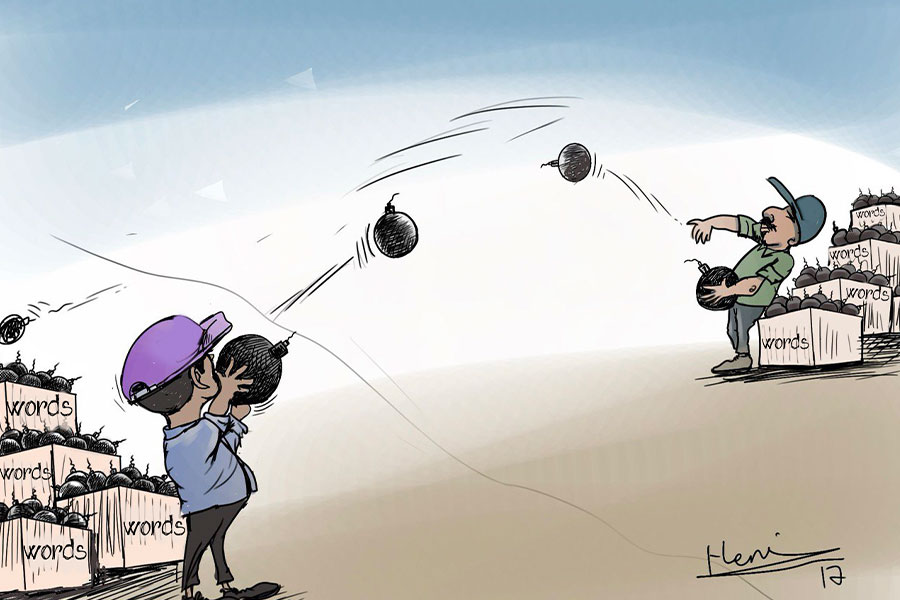
Jun 14 , 2025
Yet again, the Horn of Africa is bracing for trouble. A region already frayed by wars...

Jul 6 , 2025 . By BEZAWIT HULUAGER
The federal legislature gave Prime Minister Abiy Ahmed (PhD) what he wanted: a 1.9 tr...
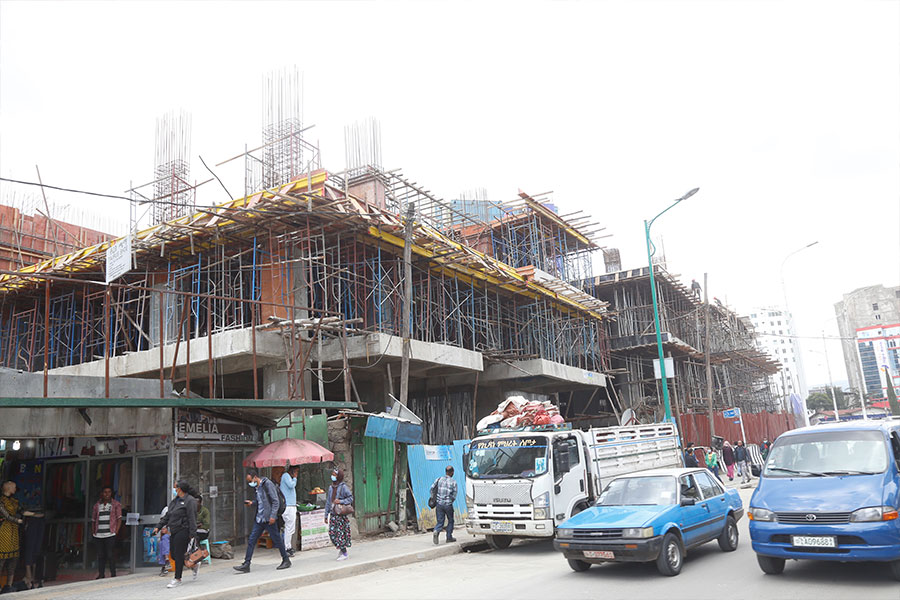
Jul 6 , 2025 . By YITBAREK GETACHEW
In a city rising skyward at breakneck speed, a reckoning has arrived. Authorities in...

Jul 6 , 2025 . By NAHOM AYELE
A landmark directive from the Ministry of Finance signals a paradigm shift in the cou...

Jul 6 , 2025 . By NAHOM AYELE
Awash Bank has announced plans to establish a dedicated investment banking subsidiary...